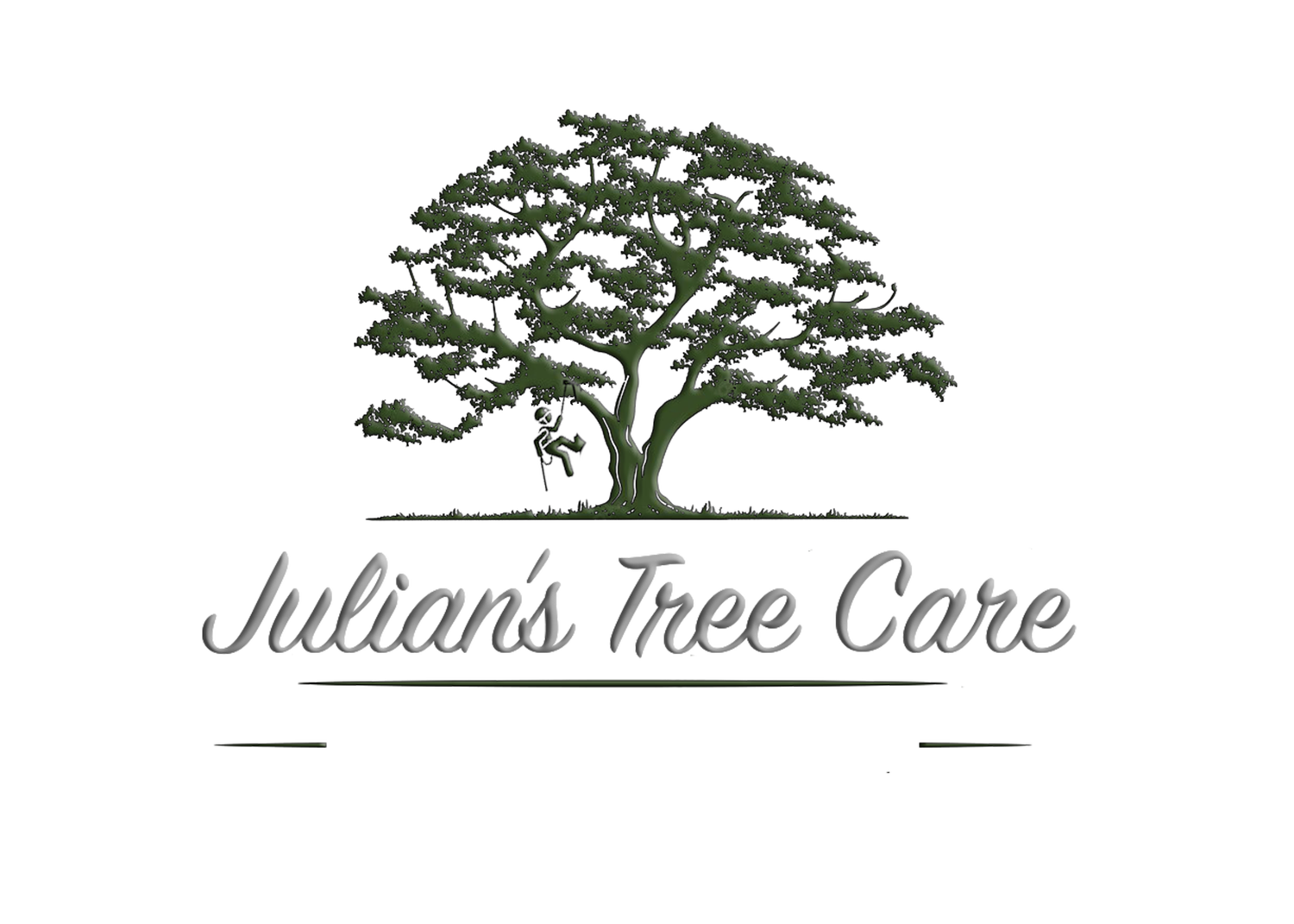"A Comprehensive Guide to Pruning and Trimming Trees: Cultivating Healthy and Beautiful Landscapes"
Trees, with their majestic presence, are the backbone of any thriving landscape. To ensure their health, longevity, and aesthetic appeal, proper pruning and trimming are essential practices. In this comprehensive guide, we'll walk you through the art and science of tree pruning and trimming, covering everything from the basics to advanced techniques.
1. Understanding the Basics:
a. Why Prune?
- Promoting tree health and vitality
- Enhancing structural integrity
- Removing dead or diseased branches
b. When to Prune?
- Dormant season for most trees (late fall to early spring)
- Flowering trees after blooming (spring to early summer)
- Hazardous or diseased branches promptly
2. Tools of the Trade:
a. Pruning Tools:
- Hand pruners for small branches
- Loppers for thicker branches
- Pruning saws for large branches
- Pole pruners for high branches
b. Safety Equipment:
- Gloves, safety glasses, and a sturdy ladder
3. Pruning Techniques:
a. Crown Cleaning:
- Removing dead, dying, or diseased branches
b. Crown Thinning:
- Selective removal of branches to improve air circulation and light penetration
c. Crown Raising:
- Elevating the lower branches to provide clearance
d. Crown Reduction:
- Decreasing the height or spread of a tree, often for safety or utility line clearance
4. Trimming Tips for Different Tree Types:
a. Deciduous Trees:
- Focus on maintaining a balanced canopy
- Remove crossed or rubbing branches
b. Coniferous Trees:
- Be cautious with pruning; they have fewer buds for regeneration
- Trim selectively to maintain a natural shape
5. Advanced Techniques:
a. Pollarding:
- Pruning at regular intervals to create a compact shape
b. Espalier:
- Training a tree to grow flat against a structure, often for ornamental purposes
c. Topiary:
- Sculpting trees into specific shapes for artistic landscaping
6. Common Mistakes to Avoid:
a. Topping:
- Avoid cutting main branches indiscriminately
- Leads to weak, unhealthy regrowth
b. Over-Pruning:
- Balance is key; avoid excessive removal of live branches
7. Aftercare and Maintenance:
a. Mulching:
- Helps retain moisture and suppress weeds
b. Watering:
- Adequate watering post-pruning aids recovery
c. Monitoring for Signs of Stress:
- Keep an eye on the tree for any signs of disease or pests
8. Seeking Professional Help:
- For large or challenging trees
- When in doubt about the health of the tree
Pruning and trimming are vital aspects of tree care, requiring a blend of knowledge, skill, and respect for the tree's natural form. By following this comprehensive guide, you'll be equipped to nurture and maintain trees that not only stand tall but flourish in health and beauty. Happy pruning!

